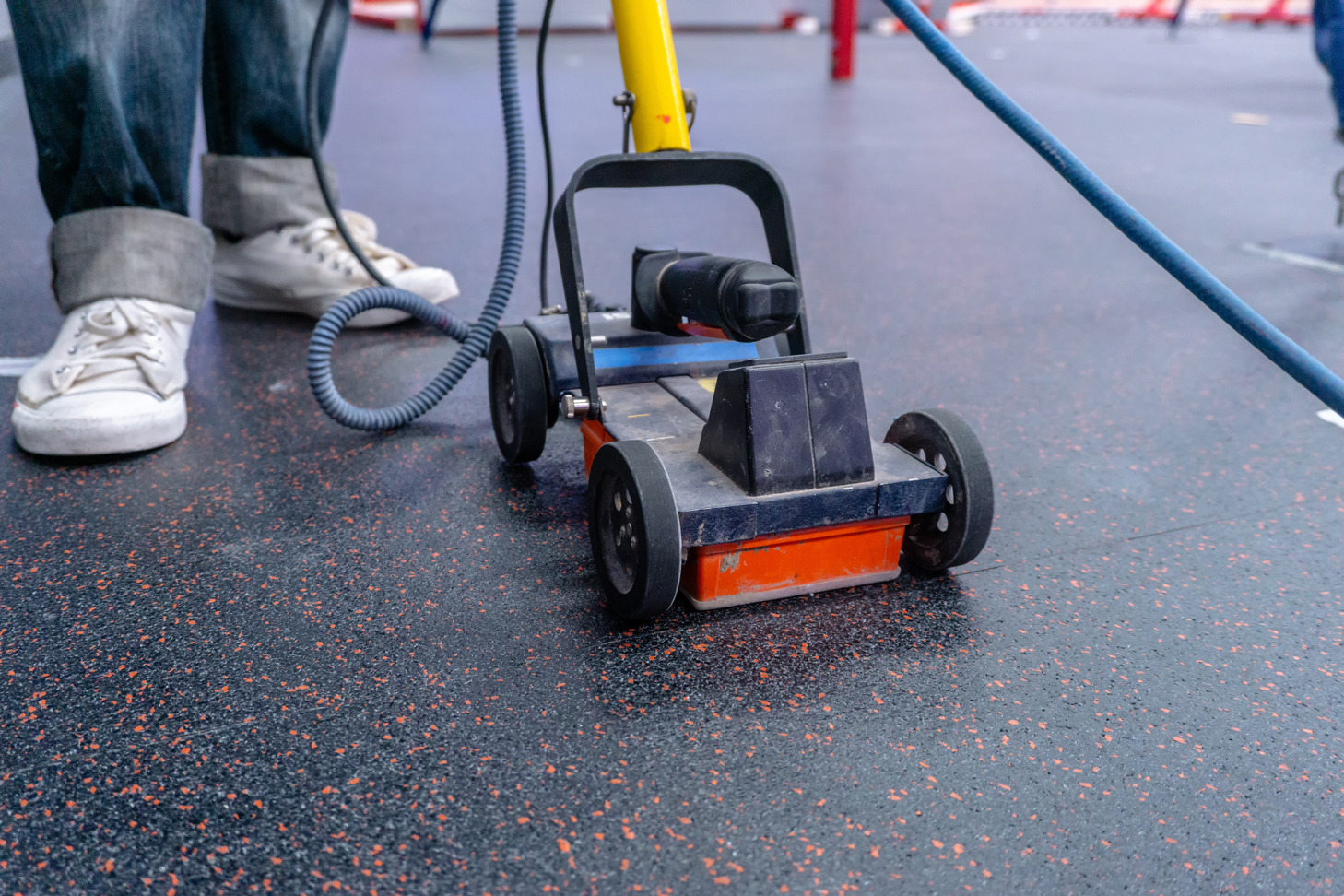RainierGPR Service Areas: Top Concrete Scanning Solutions Throughout Regions
RainierGPR Service Areas: Top Concrete Scanning Solutions Throughout Regions
Blog Article
Utilizing the Power of Concrete Scanning for Seamless Building Procedures
In the world of modern-day building, the use of concrete scanning innovation has actually emerged as a keystone for boosting task efficiency and accuracy. By utilizing the power of concrete scanning, building procedures are being revolutionized, offering a seamless approach to ensuring and streamlining procedures accuracy in building construction.
Improving Building And Construction Processes
To boost performance and efficiency in building and construction projects, simplifying building and construction processes is critical. By optimizing operations and reducing unnecessary steps, construction business can significantly reduce job timelines and costs.

In addition, standardizing procedures and establishing clear methods for jobs such as product procurement, quality assurance, and workforce monitoring can even more improve performance. By producing standardized workflows, building and construction business can get rid of complication, reduce mistakes, and make certain that each team member recognizes their function and obligations.
Furthermore, fostering a culture of constant renovation and development within the company can result in the identification of bottlenecks and inadequacies in the construction procedures. Motivating feedback from workers in all levels and executing regular process analyses can drive ongoing optimization efforts, inevitably resulting in smoother and extra efficient building procedures.
Enhancing Precision and Precision

Avoiding Costly Errors and Delays
Reliable job monitoring depends upon meticulous preparation and the experienced reduction of mistakes and obstacles in building procedures - RainierGPR Service Areas. When it involves concrete scanning, staying clear of expensive errors and hold-ups is vital for the successful completion of any type of task. By making use of sophisticated scanning innovations such as ground-penetrating radar (GPR) and electromagnetic induction, construction groups can determine potential dangers beneath the surface before excavation begins, preventing pricey damages to utility lines, foundations, or various other important facilities
Additionally, precise scanning aids in staying away from delays brought on by unanticipated discoveries during building. Unpredicted challenges can considerably hamper progression, resulting in spending plan overruns and timeline extensions. By conducting detailed scans and evaluating the gathered information efficiently, job supervisors can proactively resolve any problems before they escalate, making certain a smoother construction process. Additionally, preventing rework because of errors in below ground layouts or missed energies can save both money and time, improving overall job efficiency. Consequently, focusing on detailed concrete scanning not just lessens risks but likewise advertises cost-effectiveness and prompt job shipment.
Reinventing Building Construction
Progressing technological developments are improving the landscape of building construction techniques. The integration of innovative tools such as concrete scanning innovation is changing the means building and construction jobs are performed. By leveraging these innovations, building groups can now achieve unmatched degrees of accuracy, efficiency, and security throughout the building you can try these out process.
Among the essential ways in official site which structure construction is being changed is with boosted job planning and implementation. Concrete scanning permits for in-depth mapping of subsurface frameworks, allowing building contractors to prepare their tasks with a level of accuracy that was previously unattainable. This not just simplifies the construction procedure but additionally decreases the threat of pricey mistakes and delays.
Additionally, the fostering of concrete scanning modern technology is enhancing the general high quality of building and construction projects. By finding prospective issues beforehand, such as rebar rust or gaps within concrete structures, builders can address these troubles proactively, guaranteeing that the last product fulfills the highest standards of resilience and security.
Fundamentally, the reinventing effect of concrete scanning on building construction is leading the way for a new age of smooth, efficient, and top notch building and construction procedures. - RainierGPR Service Areas
Improving Job Effectiveness

Moreover, concrete scanning advice allows building groups to accurately situate energies, lowering the threat of damaging below ground pipes or electrical lines during excavation job. This accuracy not only saves time but likewise reduces the requirement for expensive repair services and remodel. Furthermore, by having a clear understanding of the subsurface conditions, project timelines can be much better planned and stuck to, causing smoother project implementation.
Conclusion
In final thought, concrete scanning technology plays a crucial duty in enhancing construction procedures by improving processes, boosting precision, staying clear of errors, and enhancing efficiency. Its ability to supply thorough information concerning subsurface conditions changes building construction and aids in ensuring seamless job implementation. By harnessing the power of concrete scanning, building firms can considerably improve their project end results and accomplish higher degrees of success.
In the world of contemporary construction, the application of concrete scanning modern technology has arised as a keystone for enhancing job performance and precision. By utilizing the power of concrete scanning, building and construction operations are being reinvented, using a smooth approach to improving processes and ensuring accuracy in structure construction.To enhance performance and performance in building jobs, simplifying building and construction processes is necessary.With the application of modern technologies such as concrete scanning, construction tasks can dramatically enhance their functional effectiveness. By using concrete scanning tools, task supervisors can streamline various aspects of the building procedure, leading to improved task performance.
Report this page